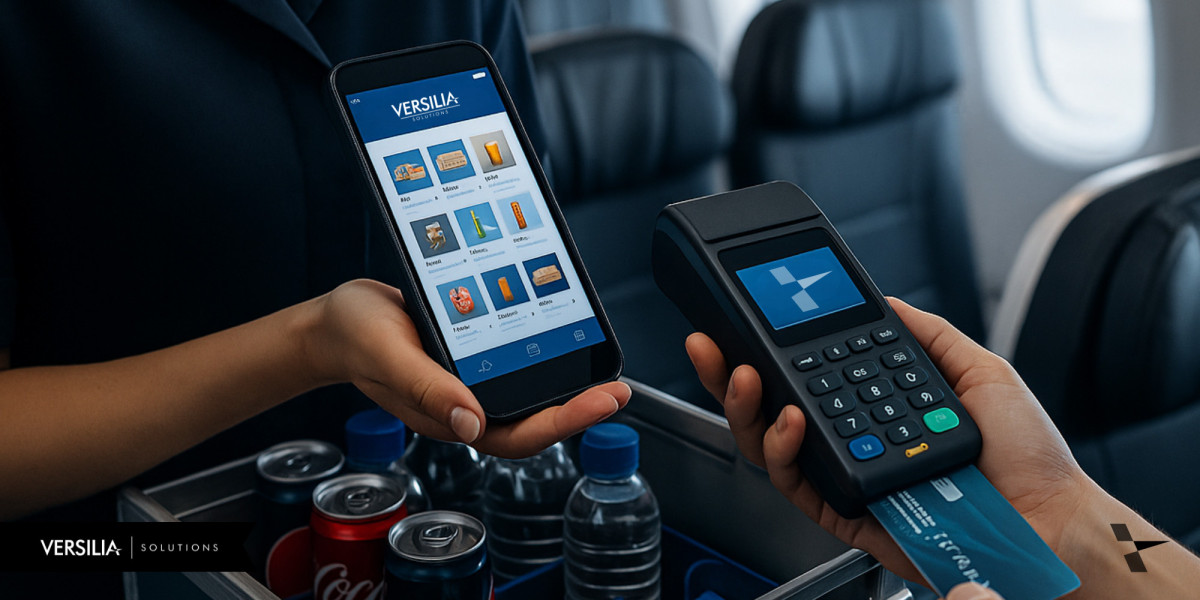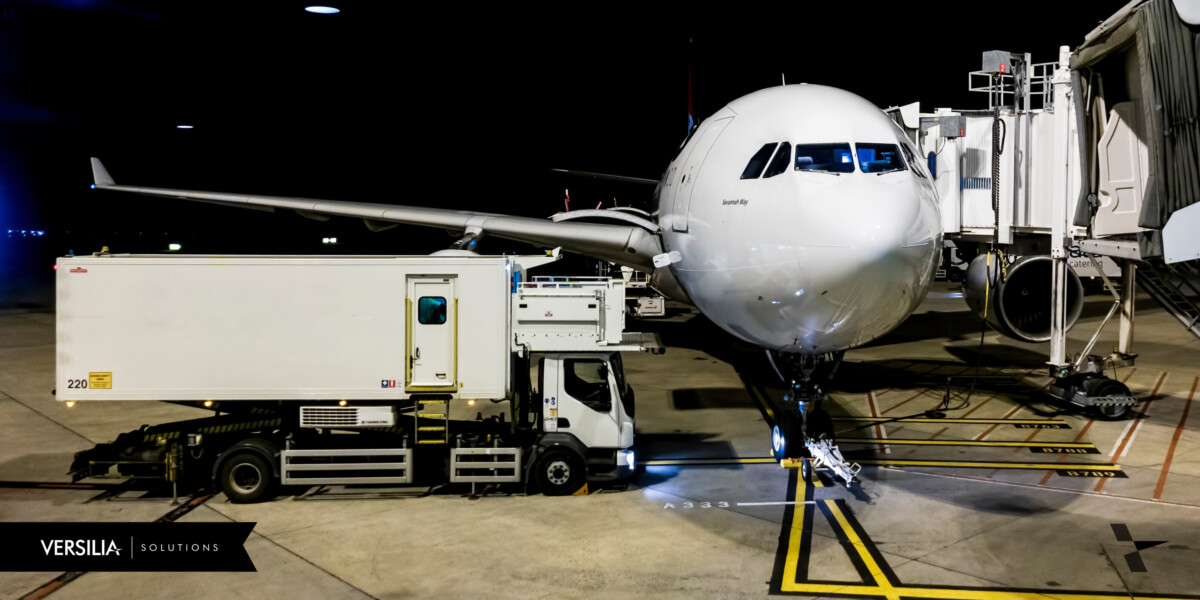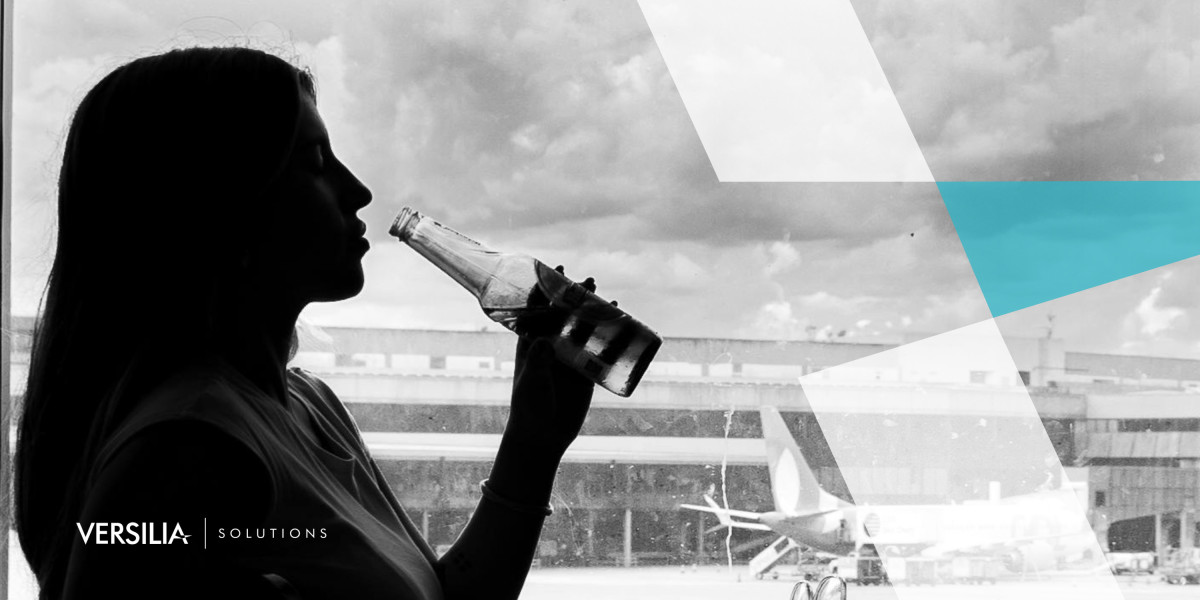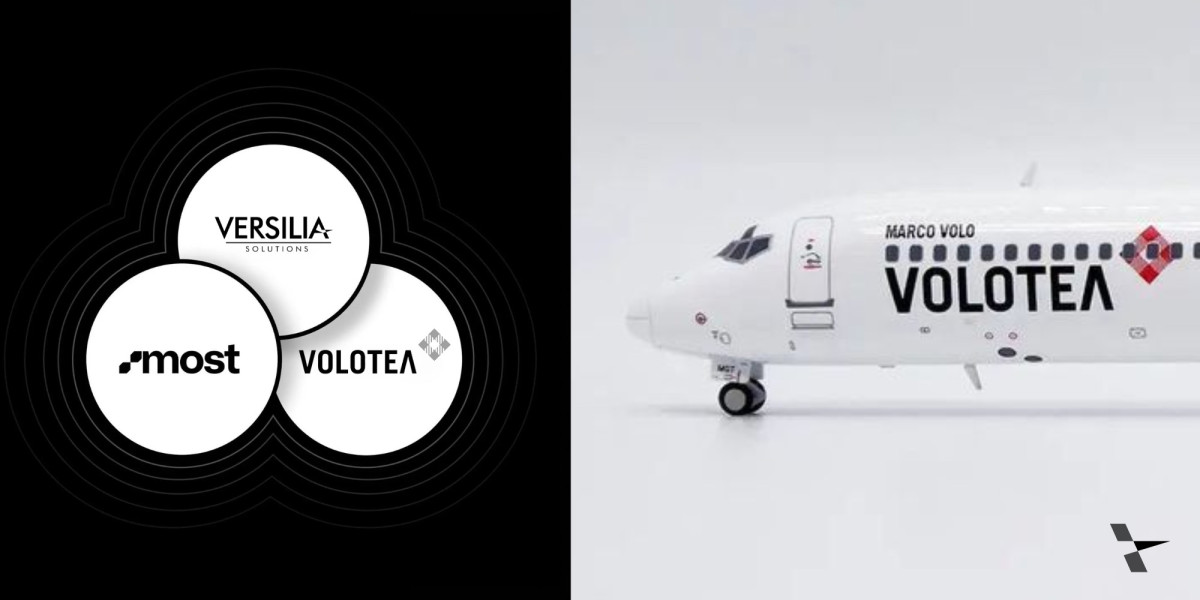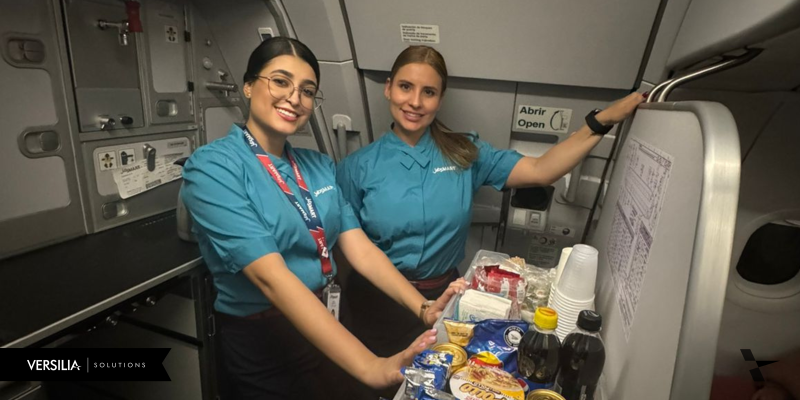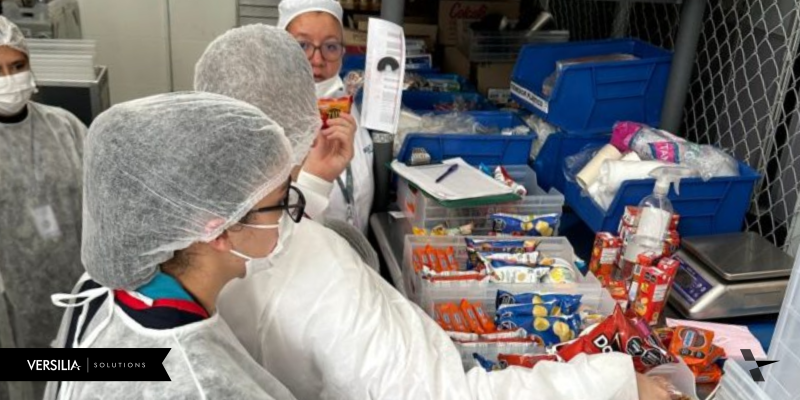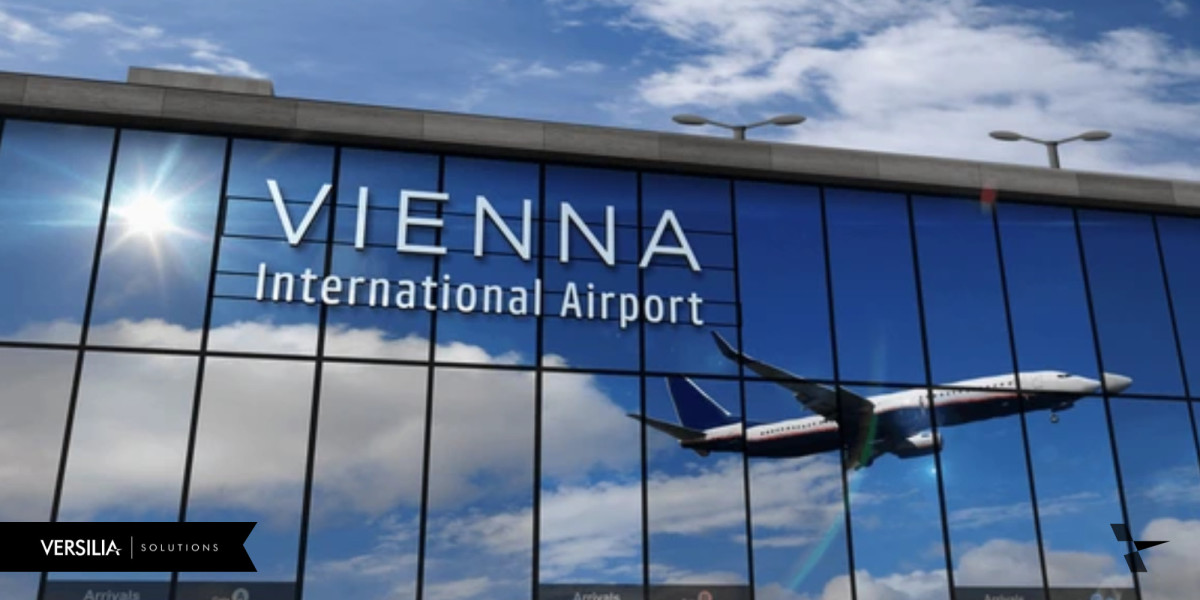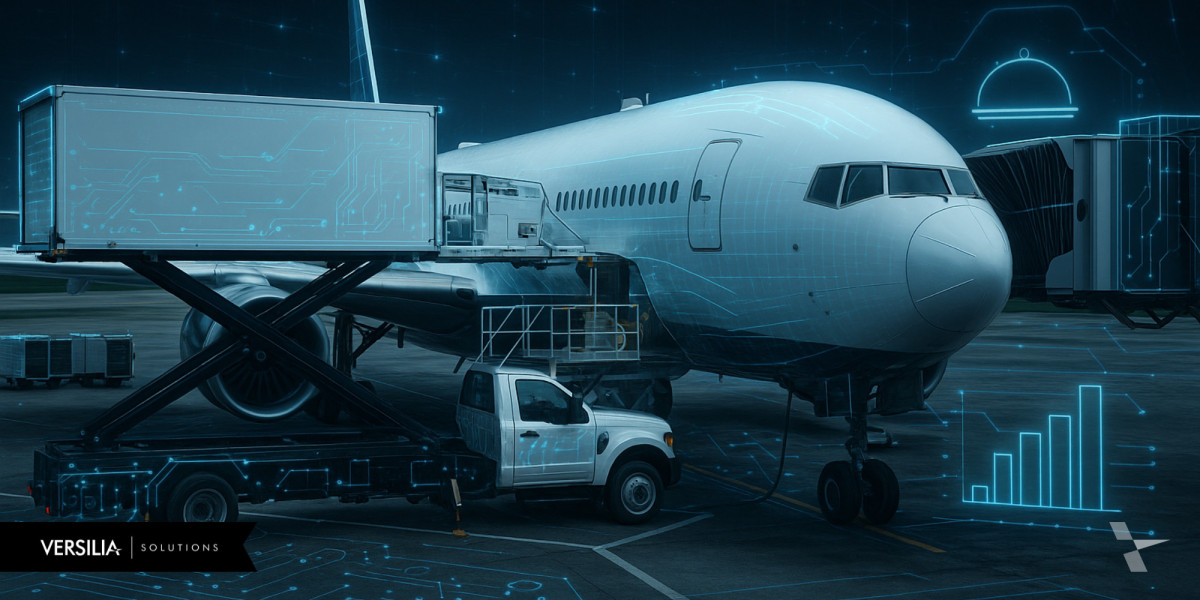
A quiet revolution is taking place in the retail space onboard aircraft. Its drivers are rooted in a genuine desire to offer choice – choice for airlines looking to differentiate their service offering, and choice for passengers who are increasingly discerning and whose expectations are shaped by their experiences on the high street and online.
We’re seeing the slow end of the “one-size-fits-all” inflight retail model. In its place? Dynamic loading set-ups, hybrid models, offboard fulfilment, pre-order options, and tighter, more efficient supply chains. But none of it is without its challenges.
The inflight retail world is still dominated by players who are not, in truth, retailers. The service has long been delivered by businesses motivated to protect the margins they enjoyed during the era of complimentary meals and Duty Free. That’s understandable – the pivot to paid-for inflight retail made much of their traditional, asset-heavy infrastructure redundant.
These same businesses often hold privileged, protected positions at key airports – enjoying exclusive licensing or access rights. The result? Excessive fees for loading and unloading, inflated product mark-ups, and limited product ranges that reflect bulk-buy discounts for the caterer, not the passenger or the airline. Ultimately, passengers onboard pay the price – and the evolution of onboard retail is held back.
It’s a short-sighted model. And some airlines are starting to break away from it – with airport partnerships (think Deliveroo-style options), deals with terminal retailers, and in some cases simply encouraging passengers to bring their own. These may still be the exception rather than the norm, but with rapid developments in retail and logistics tech, more alternatives will emerge. The risk for traditional caterers? In trying to protect their hold, they risk squeezing the model out altogether.
At Versilia, we’ve worked to break this pricing stranglehold in practical ways, including:
- Setting up our own pick-and-pack operations
- Shifting loading to more cost-effective downroute locations
- Converting executive jet caterers into retail fulfilment partners
- Engaging ground-handling agents to expand their above-the-wing services
- Partnering with restaurants and hotels to top up fresh stock where needed
We continue to look for new ways to deliver flexible, cost-efficient solutions for our airline partners – and we know we’re not alone. At the time of writing, several airlines are actively developing their own pick, pack and load solutions to help reduce onboard prices.
That said, we’d much rather collaborate with caterers than work around them. There’s a real opportunity to introduce tech that brings greater transparency and efficiency into the pack and load process – from real-time stock control integration to better data sharing. Caterers who invest in the skills and capabilities needed for this new reality have a genuine opportunity to lead.
We’ve already seen it work – examples where airline, caterer and retailer all benefit. That’s the model we’ll keep championing: joined-up, scalable, and focused on value.
